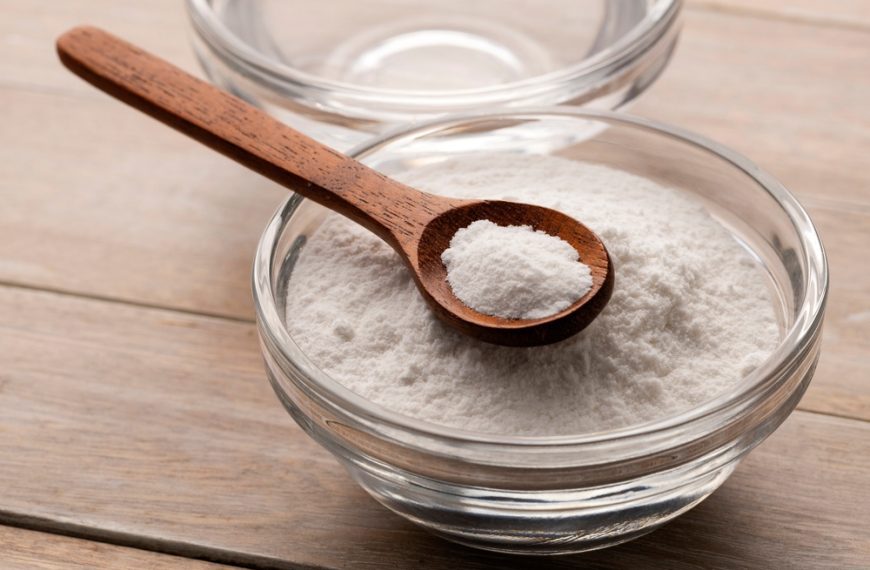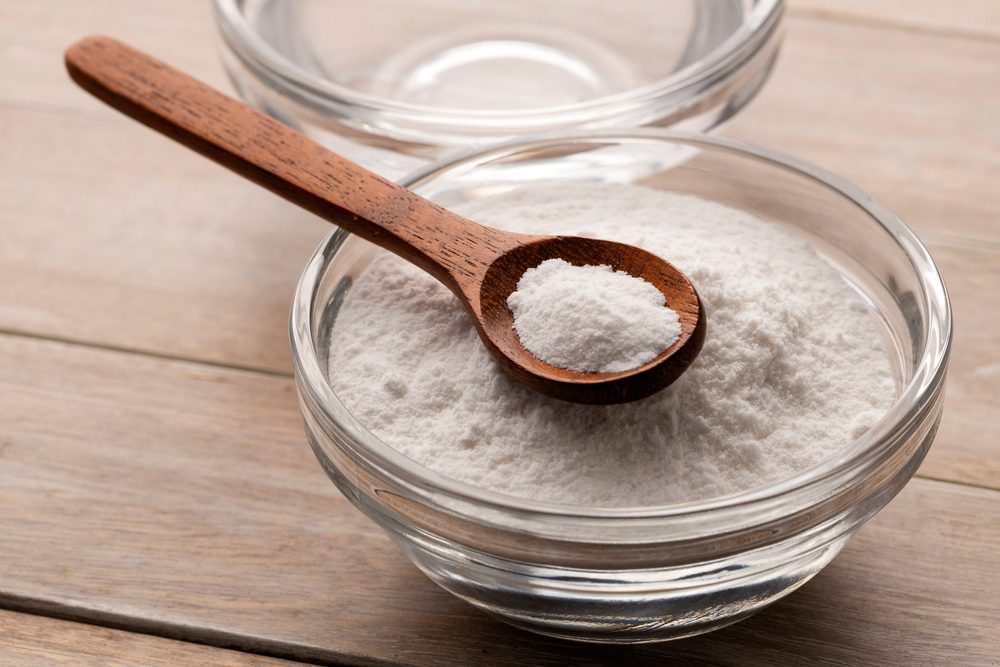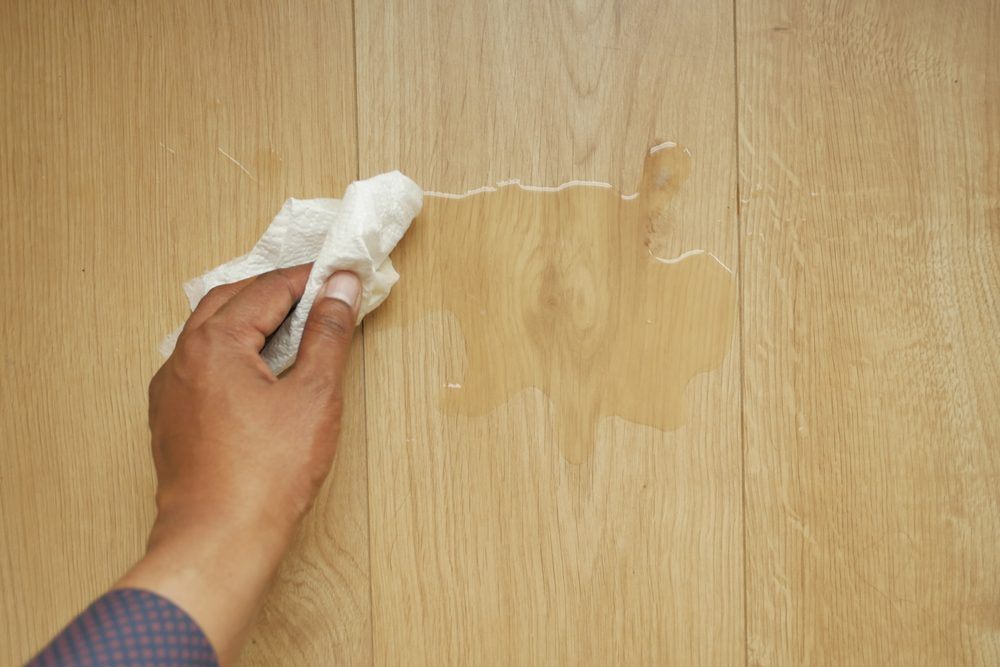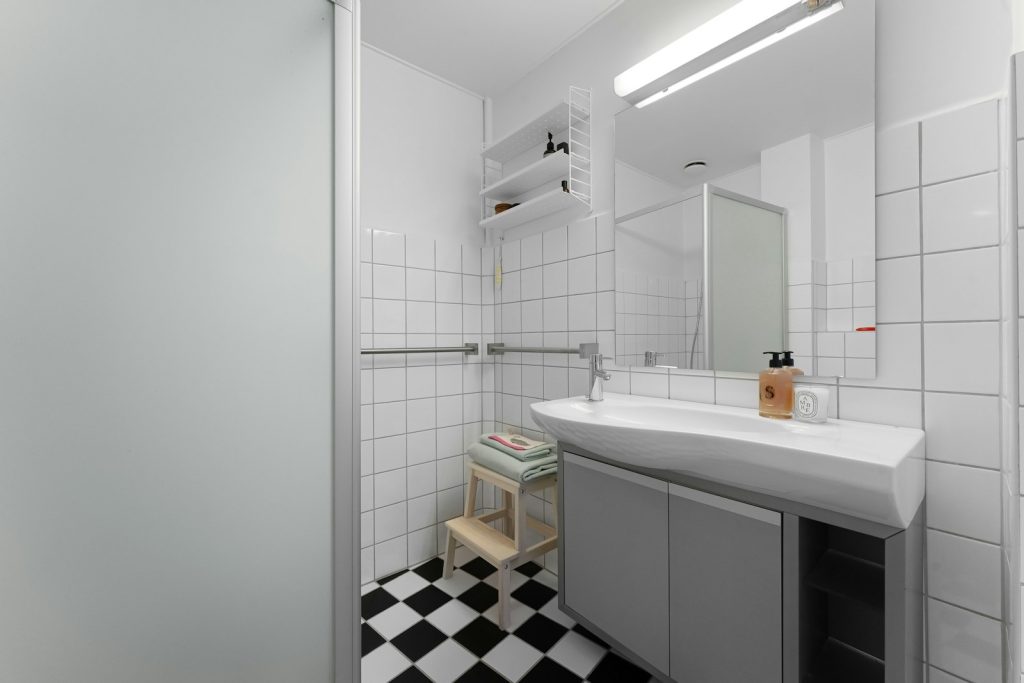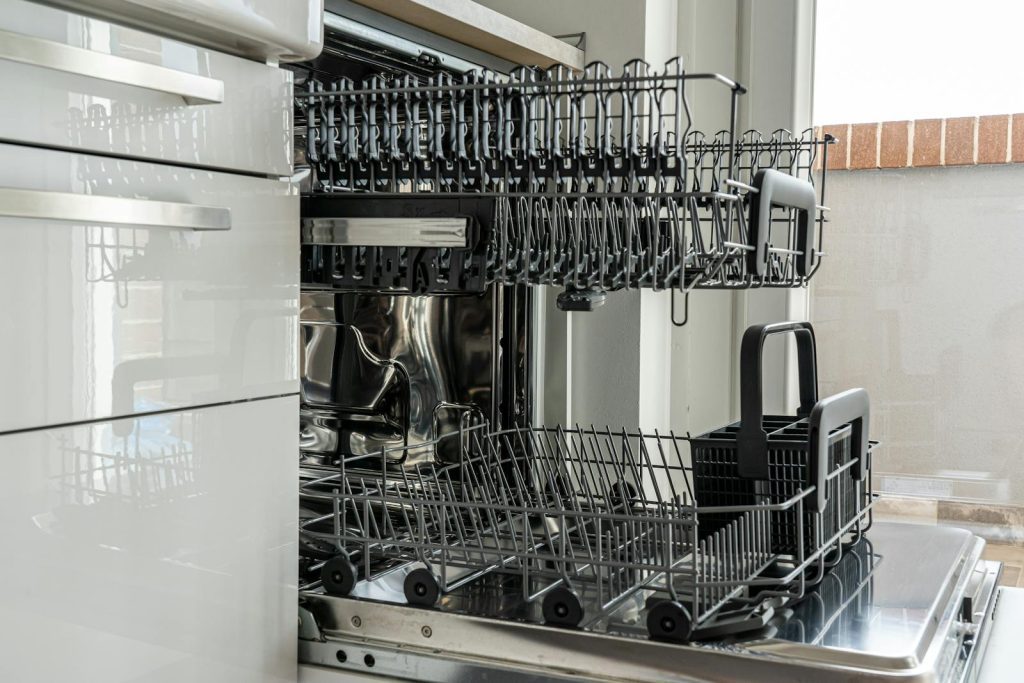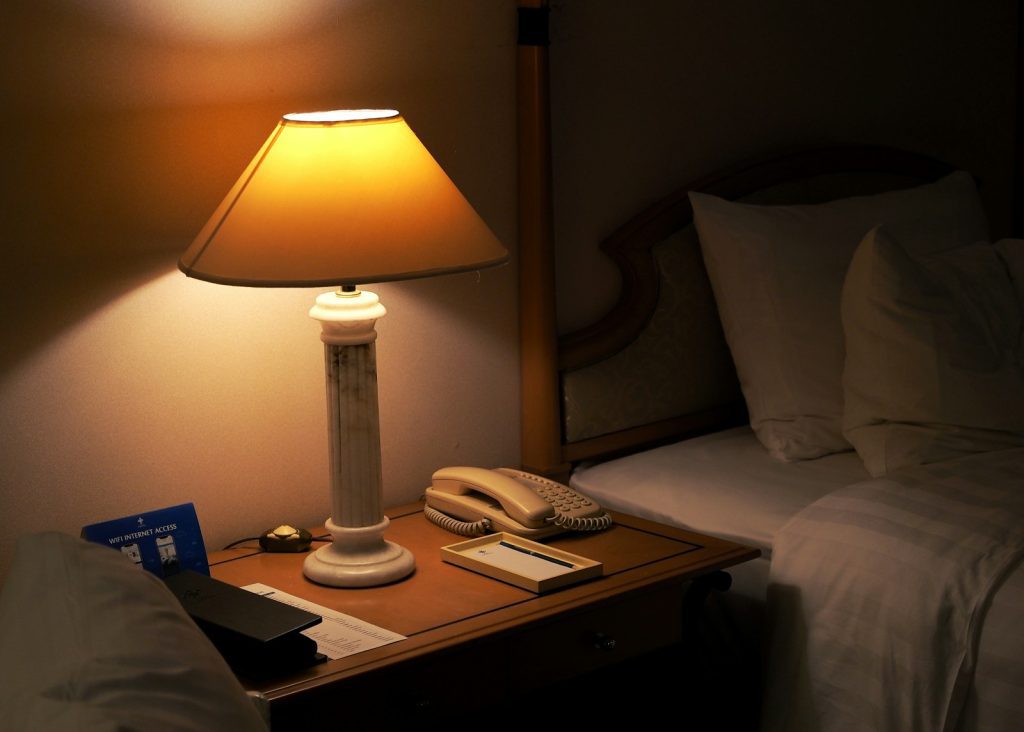If you’ve ever spotted those colorful, nesting Pyrex mixing bowls at a yard sale or tucked away in your grandma’s kitchen, you might wonder if they’re worth more than just a pretty vintage find. The secret is that some of these bowls, especially rare patterns in great condition, can actually be quite valuable—sometimes fetching hundreds or even thousands of dollars. The value often depends on the pattern, condition, and authenticity, making certain vintage Pyrex pieces sought-after collectibles today. I’ve seen how these bowls blend nostalgia with real collector interest, especially as younger buyers rediscover their charm. Beyond their practical uses, they’re a slice of mid-century Americana, which adds to their appeal. Whether you want to keep them for sentimental reasons or explore their potential worth, it’s worth knowing what to look for.
In this post, I’ll share what makes vintage Pyrex bowls special and how to spot the ones that might surprise you with unexpected value. It’s not just about the bright colors—it’s about digging into the history behind these iconic kitchen pieces.

What Makes Vintage Pyrex Mixing Bowls Special?
Vintage Pyrex mixing bowls stand out not just for their appearance but for their history, craftsmanship, and the feelings they invoke. They combine durability, distinct designs, and a connection to past generations that makes them truly unique.
Corning Glass Works and the History of Pyrex
Pyrex was created in 1915 by Corning Glass Works to offer durable, heat-resistant kitchenware. This wasn’t just any glass; it was borosilicate glass, designed to withstand extreme temperatures without cracking.
By the 1940s, Pyrex expanded into colorful opalware mixing bowls, which became kitchen essentials. These bowls often came in nested sets, making them practical and space-saving. Patterns like Butterprint and Gooseberry became instantly recognizable and sought after. Knowing this history gives me an appreciation for how Pyrex pieces are more than cookware—they represent decades of innovation and design.
Unique Features and Materials
What makes vintage Pyrex truly special is its material and design. These bowls are made from thick, tough glass that can go from oven to table without damage. The opalware, a type of opaque colored glass, gave the bowls vibrant, lasting colors.
Each bowl’s bottom usually features embossed markings like “PYREX” or “Made in USA,” which help verify authenticity. The original finishes are smooth and glossy. Unlike many modern kitchen items, vintage Pyrex is heavy and sturdy. This mix of solidity and beauty means these bowls aren’t just functional; they’re made to last for generations.
The Role of Nostalgia in Their Value
For me, vintage Pyrex also holds sentimental value. These bowls remind people of baking with family, Sunday dinners, and the warmth of shared traditions. The brightly colored patterns bring a cheerful touch to kitchens and evoke memories of mid-century life.
Collectors and younger buyers alike value this connection to the past, which drives demand. Many pieces are heirlooms passed down through families, making them more than just dated kitchenware—they’re a colorful piece of history. This emotional appeal often boosts their value alongside rarity and condition.
Explore more about why Pyrex mixing bowls are cherished in the What makes Pyrex mixing bowls so valuable to collectors today? article.
Collectible Value: Patterns, Rarity, and Pricing
When I look at vintage Pyrex mixing bowls, what stands out most is how much their value depends on the pattern, rarity, and condition. Some patterns are like hidden treasures, while others are more common and easy to find. The price differences can be surprisingly large, and knowing the right details can make a big difference.
Recognizing Valuable Patterns
Certain Pyrex patterns demand more attention from collectors because of their distinct design and limited runs. For example, the Barcode Pattern from 1966 is highly sought after because it was produced for only one year. Its deep blue stripes give it a unique look compared to more common styles.
I also keep an eye out for the Early American Pattern, which features 22-karat gold and was produced between 1962 and 1971. It’s pricier because of the gold detailing and its vintage appeal.
The Amish Butterprint pattern is another favorite among enthusiasts, thanks to its charming turquoise and white design with folksy motifs. This pattern was popular from the late 1950s to late 1960s and still commands good prices on the market.
Most Sought-After Mixing Bowls
In my experience, mixing bowls with the Turquoise Diamonds Pattern hold a special place in collection circles. These bowls are rare because they were made for a brand called Dainty Maid, not marked with the Pyrex name. This makes them more elusive and valuable, with prices ranging from $100 up to about $600.
The Snowflake Pattern is also highly prized. It was one of the first printed designs on Pyrex’s Opal line and can fetch close to $600 in excellent condition. Both of these patterns are good examples of how a distinctive look combined with limited availability can boost value.
The Lucky in Love Pattern is less common but gaining collector interest for its unique, whimsical design. Its appeal lies in the story it tells and the nostalgia it evokes.
How Pattern Rarity Affects Price
Rarity is one of the biggest factors driving the price of a vintage Pyrex mixing bowl. Limited production years, like the single-year run of the Barcode Pattern or the one-year-only Gold Hearts Pattern, make these items standout. When fewer bowls are available, demand naturally pushes prices higher.
Patterns like the Turquoise Scroll, produced only in 1959 and totaling just about 443 pieces, are considered very rare. Their scarcity means collectors will often pay premium prices.
On the other hand, more common patterns like the Homestead Pattern from the late 1970s to 1980 are easier to find and generally less expensive, though still valuable to enthusiasts.
| Pattern | Years Produced | Estimated Value Range |
|---|---|---|
| Turquoise Diamonds | 1953-1960 | $100 – $600 |
| Snowflake | 1956-1967 | $75 – $600 |
| Barcode | 1966 | $50 – $300 |
| Amish Butterprint | 1957-1968 | $50 – $250 |
| Early American | 1962-1971 | $30 – $150 |
The Influence of Condition and Completeness
Condition is everything when it comes to Pyrex value. Chips, cracks, and heavy wear can significantly reduce price. Clean pieces with original markings and intact paint stand out in any collection.
Completeness also matters. Sets or nesting bowls tend to fetch more, especially if they include the original lids or boxes. For example, a set of Amish Butterprint nesting bowls in pristine shape can sell for over $200.
I always advise checking the markings to confirm authenticity, as some patterns like the Turquoise Diamonds weren’t marked with Pyrex at all, which can confuse new collectors.
Mixing bowls that retain their bright colors and smooth surfaces will naturally attract more serious buyers or Pyrex collectors looking to add quality pieces to their collection.
Tips for Identifying and Caring for Vintage Pyrex
Knowing the right details can make a big difference in finding authentic vintage Pyrex and keeping your mixing bowls looking great. Paying close attention to markings, preserving colors, and cleaning properly are key to maintaining both value and beauty.
Spotting Authentic Vintage Pieces
One of the first things I check is the Pyrex backstamp. Vintage items usually have “PYREX” in all capital letters, often inside a circle or with clear embossed logos. If you see lowercase “pyrex,” it’s likely made after 1998 and less valuable.
The pattern matters a lot too. Some rare designs like Pink Amish Butterprint or Atomic Starbust can boost value significantly. I always research patterns because some colors or prints, like the Blue Dianthus or Barcode, are worth much more.
Be aware of the material too. Vintage Pyrex was made from borosilicate glass, which is more durable. Newer pieces often use tempered soda-lime glass, which is less heat resistant and generally less collectible.
Preserving Color and Luster
Keeping the original colors vibrant is a priority for me. I avoid exposing vintage Pyrex mixing bowls to harsh sunlight or extreme heat, as this can fade or damage the patterns.
I treat decorative Pyrex with care — colorful patterns can wear down if stacked carelessly or rubbed with abrasive materials. When displaying or using vintage pieces, I like to use soft liners or cloth between stacking bowls to reduce scratches.
Avoiding dishwasher use is important. The high temperatures and harsh detergents can dull colors and weaken the glass over time, so hand washing is always best for preserving the look.
Proper Cleaning and Storage
I clean my vintage Pyrex using mild dish soap and a soft sponge. For stubborn stains, soaking in warm water helps without risking scratches. Avoid anything gritty or metallic like steel wool.
Storing pieces carefully makes a big difference too. If you stack bowls, I place a soft cloth or paper towel between each one to prevent chipping and scratching.
Keep your collection in a stable environment — avoid humid, damp, or rapidly changing temperatures. This helps maintain the glass’s integrity. Also, I store lids separately if they don’t fit tightly, to avoid unnecessary pressure on the glass.
For more about identifying valuable Pyrex, check out this guide on spotting valuable vintage Pyrex patterns and backstamps.
Finding, Displaying, and Enjoying Your Vintage Collection
When you’re looking for vintage Pyrex, knowing the best places to find it can save you time and money. Once you have some pieces, deciding what to do with them—whether to keep or sell—depends on your attachment and goals. Finally, displaying your collection can turn your kitchen into a colorful, functional space that highlights these classic kitchenware items.
Where to Hunt: Estate Sales and Beyond
I’ve found estate sales to be gold mines for vintage Pyrex, especially mixing bowls and casserole dishes. These sales often have carefully preserved kitchenware passed down through generations. I recommend arriving early and checking for any Pyrex marked with original patterns because these tend to have more value.
Thrift stores and flea markets are also worth checking regularly. Sometimes sellers don’t realize what they have, so patience pays off. Online auctions and forums for Pyrex collectors can be great places to find specific patterns, but the prices there tend to be higher than at estate sales.
Selling vs. Keeping: What’s Best for You?
I always ask myself if I want to embrace collecting as a hobby or see it as an investment. If a piece has sentimental value or a rare pattern like Turquoise Diamonds or Snowflake, I tend to keep it. These patterns can fetch hundreds of dollars but can also brighten my kitchen.
If you’re more interested in cash, selling online through auction sites or Pyrex collector groups can bring significant returns. Match your selling prices to market values by pattern and condition. However, sometimes the joy of owning a vintage piece outweighs the potential sale price, especially for practical items like casserole dishes that still see use.
Displaying Pyrex with Style
I like to display my vintage Pyrex prominently on open kitchen shelves or glass cabinets. Mixing bowls arranged by size or color create a vibrant, nostalgic focal point.
Grouping casserole dishes with other retro kitchenware adds to the charm. Labeling patterns or including small cards with production years can also engage guests and fellow collectors. Remember, these pieces are meant to be used as well as admired, so I often incorporate them into my everyday meal prep while keeping them dust-free and cared for.
If you want functional décor, consider a rotating display—using some items in cooking while showing others off.




